Parkhayes Plantation is the triangle of open woodland alongside a tarmac footpath at the west end of the village, bordering Lower Road and accessible from Parkhayes, too. It is managed by Woodbury Salterton Residents Association (WSRA) on behalf of the Parish Council, and is being developed for enhanced public enjoyment, greater biodiversity, and as an educational resource. We first reported on it in our blog post of April last year, which included some history of the site, as well as its natural history.
Projects undertaken during 2014 included the erection of a number of bird- and bat-boxes in the trees, and the creation of a 'bug hotel' and a wood pile to create additional habitats. Some trees were pruned and dead ones removed to increase the light reaching the woodland floor. A mown path was maintained through the site, and an information board was installed. WSRA is grateful to the Follies (Woodbury Music Hall) for two grants that were awarded, in 2014 and again this year, to support wildlife projects here.
 |
| Bug hotel above, and wood-pile below.  |
If you would like to be involved in this on-going scheme, please contact one of us or any member of the WSRA committee.
Parkhayes habitat management
 |
| Parkhayes Plantation in February, before clearance and new planting on the bank began. |
Last autumn, the Residents Association was fortunate to receive funding from the Parish Council for a sub-group of interested individuals to discuss the management of this site with ecologist Ben Wyatt, of Devon Wildlife Consultants. The group wanted to understand its possibilities and limitations, and to explore the scope for enhancing its biodiversity.
The Plantation consists mostly of mature broad-leaved trees, bordered by a long grassy bank beside the main path. One aspect that was discussed was the potential for encouraging more wild-flowers. Another was the planting of an understorey or shrub layer, which could create a more varied habitat for insects and plants, and foraging and nesting places for birds.
Historically, the site was used for waste of all kinds and, as a consequence, the soil is very nutrient-rich. Unfortunately, this has created ideal conditions for much of the area to be taken over by cow parsley, perennial rye grass and nettles. Many wild-flowers actually prefer poorer conditions, and in such fertile soil they struggle to compete with these dominant species. WSRA would like to encourage a greater variety of wild-flowers here, but creating the right conditions for them to thrive would involve a lot of dedicated work over a long period.
Native spring bulbs
The group decided to focus initially on planting native spring bulbs, at the end of the Plantation close to Lower Road. There has already been a good showing of snowdrops - very small, as yet -around the base of a tree there. They are one one of the first flowers of the year, and - with a slight honey scent - they are very attractive to bees, being their earliest food source. Snowdrops are possibly not native to Britain, but they have been growing wild - especially in the south and west - for at least 250 years.
 |
| Native snowdrops at Parkhayes Plantation, Galanthus nivalis |
Wild daffodils used to occur widely throughout Britain, and common names include Lent Lily and Easter Lily. They went into a mysterious decline in the mid-nineteenth century, but Devon remained one of the few areas where they continued to flourish - although colonies are very scattered, perhaps because of changing climate or land management practices. Locally, they were once much more common than they are now - some of the oral histories collected in the village about twenty years ago (by Sally Elliott and others), make particular mention of places where they grew.
WSRA is very glad to be able to reintroduce wild daffodils into Parkhayes, and they are now emerging among the established cultivated varieties. They are notable for being smaller, prettier and more graceful than these.
 |
| Native daffodil Narcissus pseudonarcissus 'lobularis' [image courtesy of http://www.wildflowershop.co.uk/ where the bulbs were sourced] |
Native bluebells have also been planted, but the leaves have yet to appear. Like wild daffodils, these too are less common than they once were. They often cross-fertilise with the cultivated Spanish blue-bell, which is far more vigorous. Native bluebells are more delicate in appearance and have a curved stem, unlike the hybrids whose stem is straight.
 |
| Native bluebells Hyacinthoides non-scripta [image courtesy of http://www.wildflowershop.co.uk/] |
A shrubby understorey
Several areas of rye grass and nettles have recently been cleared on the bank alongside the path, and are now planted with clumps of native shrubs which will create an understorey to increase biodiversity. The blocks of planting include hazel, guelder rose, alder buckthorn, wild privet, common dogwood, and dog-rose. To inhibit the re-growth of the dominant ground cover, the clearings have had a light mulch of bark chippings, which will be added to with grass clippings from neighbouring gardens.
Hazel and buddleia have been planted behind the information-board.
The tree-guards and many of the trees came from the free 'Tree Pack for wildlife' donated to WSRA by the Woodland Trust. The shrubs were funded by a private donation and sourced locally from Perrie Hale Nursery (near Honiton) that specialises in trees and shrubs for hedgerow, forestry and amenity planting.
These images (most of which are courtesy of the Royal Horticultural Society's online plantfinder) give a foretaste of what is to come.
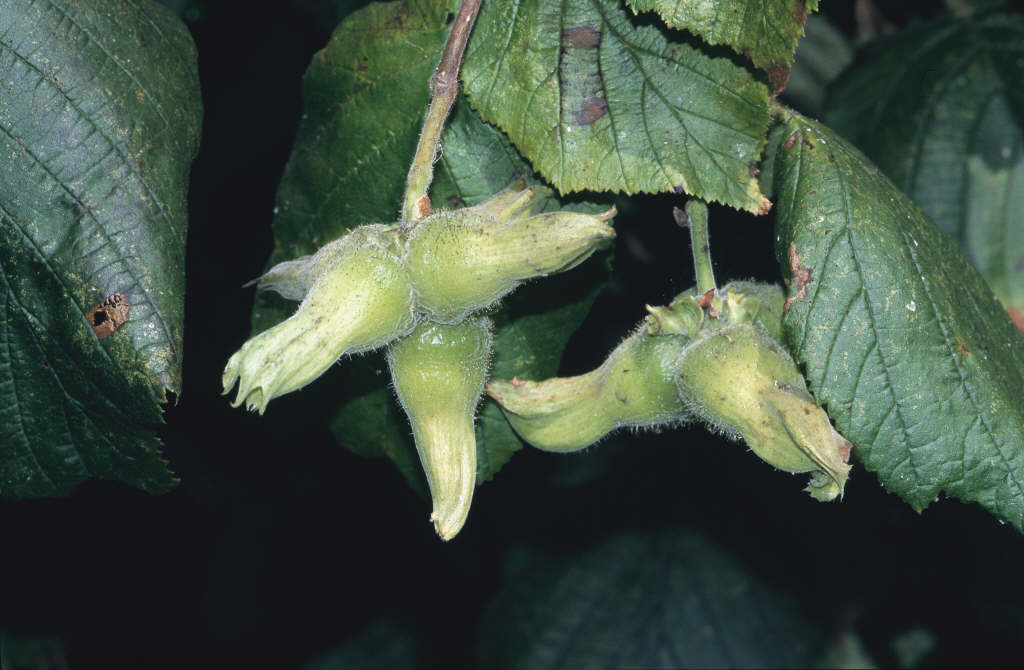 |
| Hazel The yellow of the catkins provides the first real colour of the year in a woodland or hedge, and they are a crucial early food source for bees and other insects. |
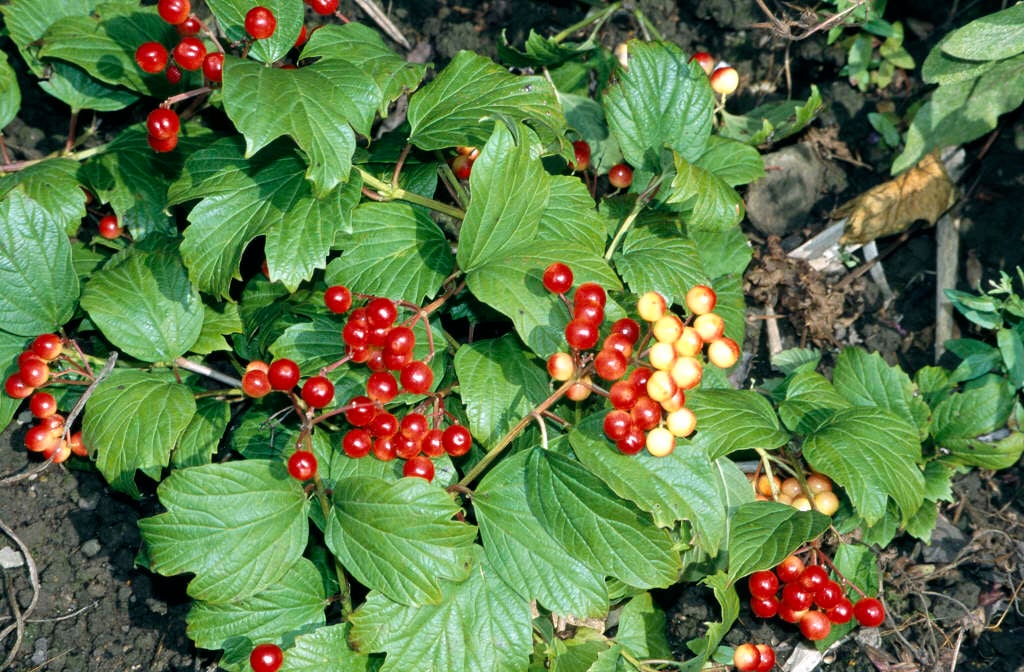 |
| Guelder rose Its white flowers are similar to lace-cap hydrangeas and its berries and leaves provide late-summer and autumn colour. |
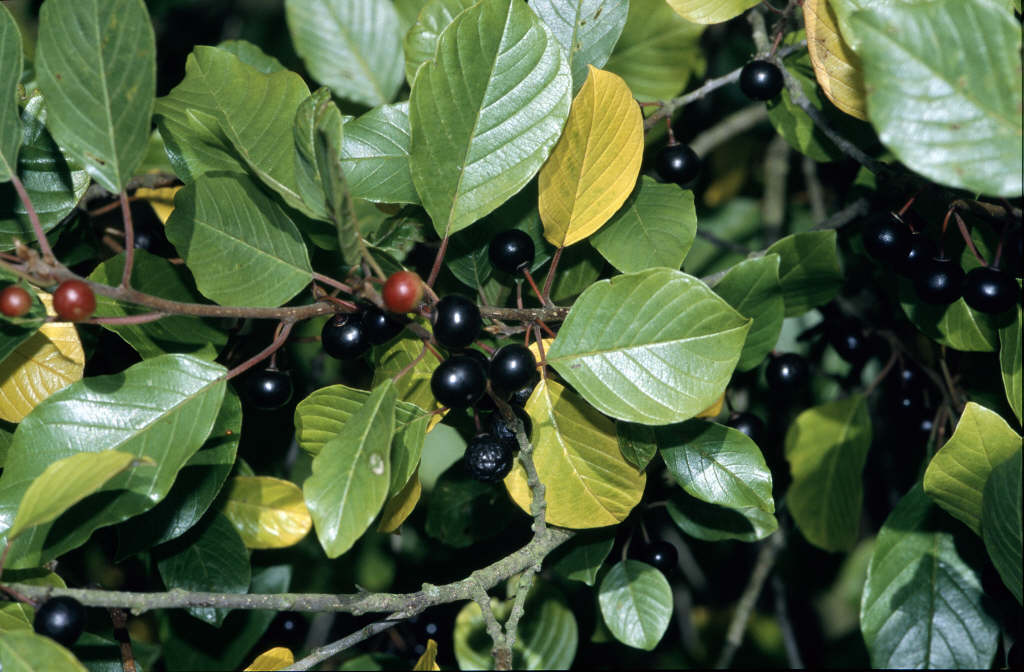 |
| Alder buckthorn Bright red berries, ripening to black, and good autumn colour. |
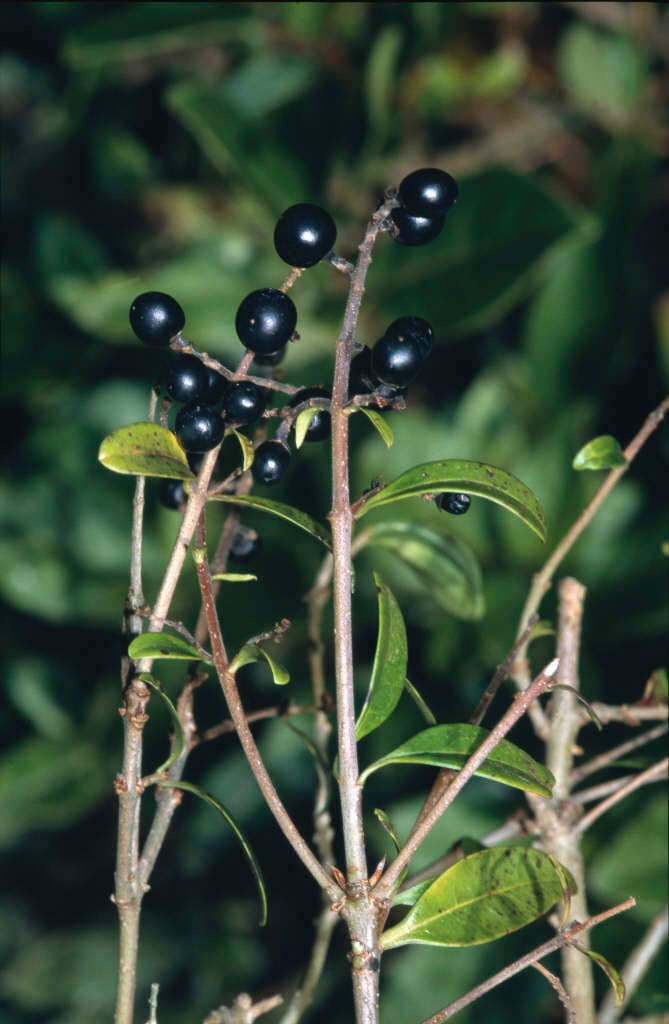 |
| Wild privet Rarely seen in a clipped hedge, wild privet has flowers like miniature white lilac, followed by glossy black berries. |
 |
| Common dogwood Small white flowers in flat clusters, followed by black berries. Good autumn colour, and young stemsare red in winter. |
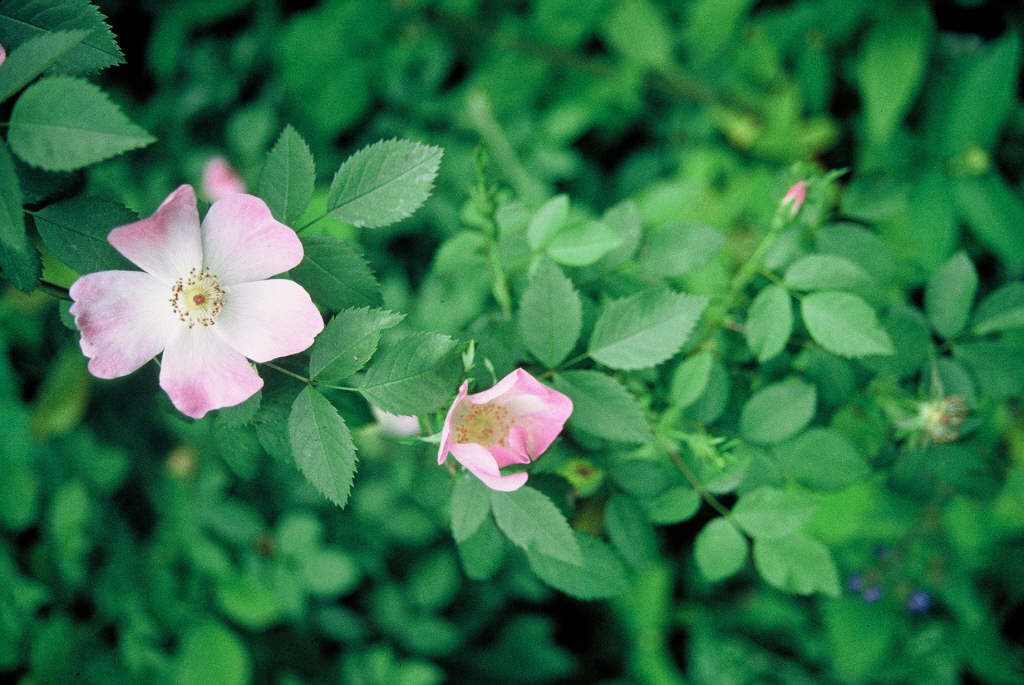 |
| Dog rose A scrambling climber with white or pale pink flowers in summer, followed by ovoid red fruits. |
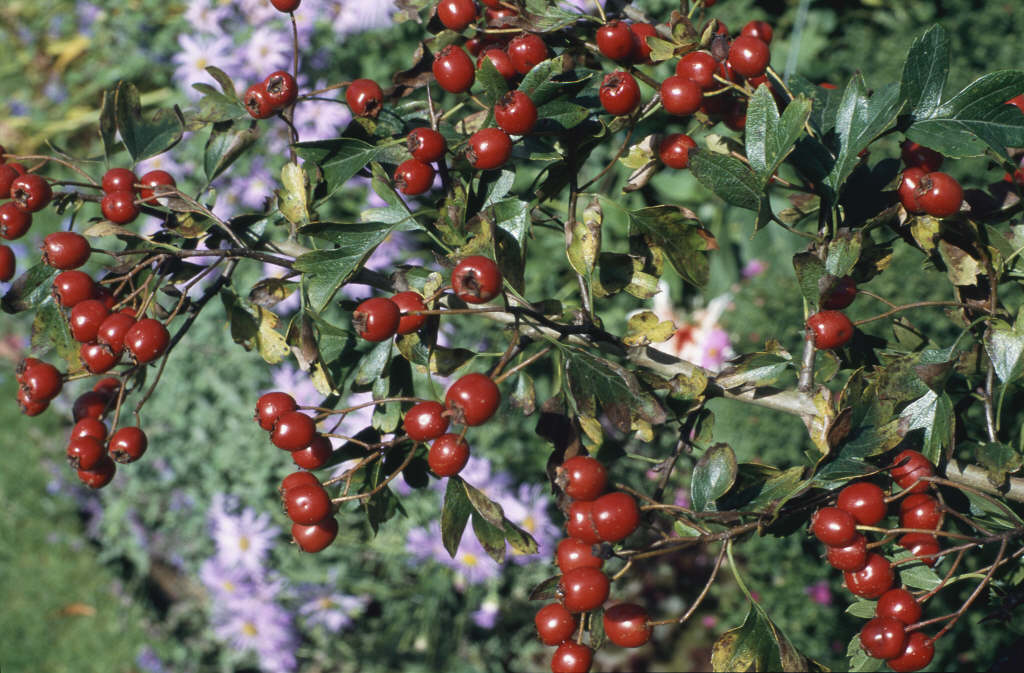 |
| Hawthorn A small rounded deciduous tree, with flat sprays of cream flowers, followed by dark red berries. |
 |
| Blackthorn A small thorny deciduous tree, with small white flowers in early spring, followed by ovoid black fruits known familiarly as sloes. |
 |
| Buddleia Often known as butterfly- bush. Introduced from China in the late 19th century, this has spread across most of Britain, and has perhaps been the saving of butterfly populations, especially in urban areas. Long, honey-scented flowers from July to October are a favourist nectar source for many butterflies and moths. [Image courtesy of http://www.buddlejagarden.co.uk/] |



No comments:
Post a Comment